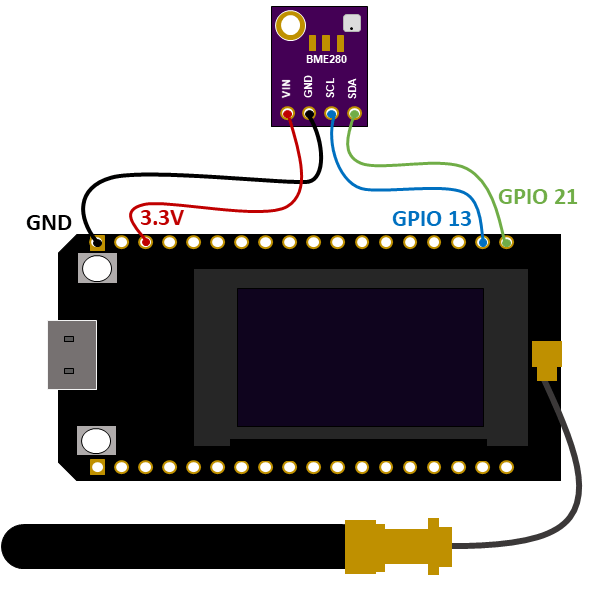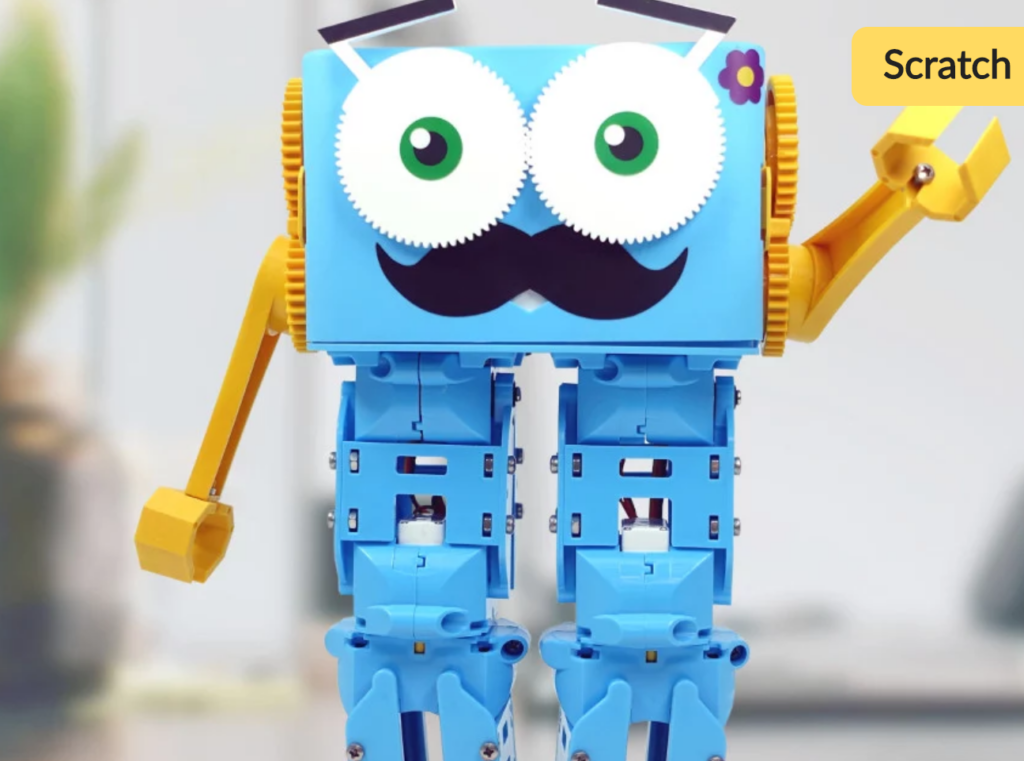
MicroPython: Interrupts with ESP32 and ESP8266
Learn how to configure and handle interrupts using MicroPython firmware with ESP32 and ESP8266 boards. You’ll also build a project example with a PIR Motion Sensor.
Interrupts are useful for making things happen automatically in microcontroller programs and can help solve timing problems. With interrupts you don’t need to constantly check the current pin value. When a change is detected, an event is triggered (a function is called).
When an interrupt happens, the processor stops the execution of the main program to execute a task, and then gets back to the main program as shown in the figure below.
This is especially useful to trigger an action whenever motion is detected or whenever a pushbutton is pressed without the need for constantly checking its state.
1. Define an interrupt handling function. The interrupt handling function should be as simple as possible, so the processor gets back to the execution of the main program quickly. The best approach is to signal the main code that the interrupt has happened by using a global variable, for example. The interrupt handling function should accept a parameter of type Pin. This parameter is returned to the callback function and it refers to the GPIO that caused the interrupt.






.png)







